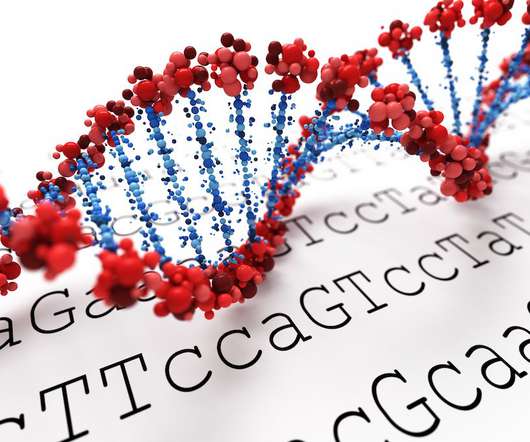Osimertinib Resistance and EGFR Mutations in NSCLC Treatment
Bioengineer
JANUARY 16, 2024
This mutation hinders the drug’s binding to the mutant EGFR protein. Osimertinib, however, can covalently bind to the T790M and cysteine-797 (C797) residue at the protein’s ATP binding site, overcoming resistance mechanisms. Real-world cohorts report a prevalence of C797 mutations between 11% and 29%.













Let's personalize your content